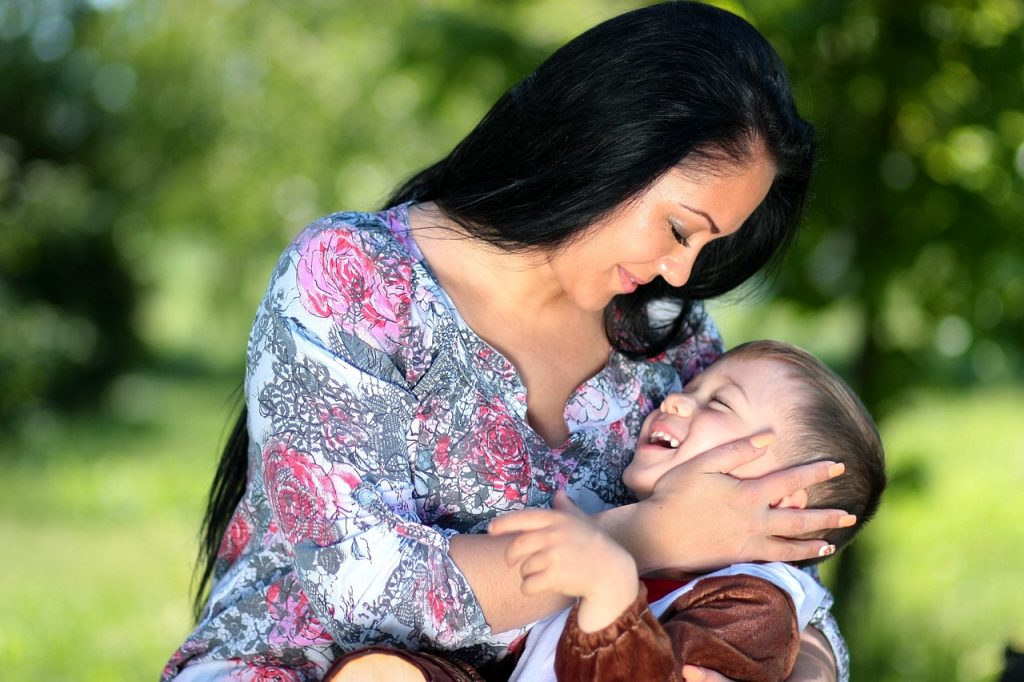
Are Autism and Epilepsy correlated? If so, what can you do if your Superkiddo has seizure?
The topic of epilepsy is rarely raised at the time of an ASD Assesment, but according to some researchers, 40% of children with autism spectrum disorder experience epileptic seizures.
For us, it’s very important to support our Super Parents in the different stages of the process that their children go through, which is why today we want share with you relevant information around this topic and dig deeper on what to do if your Superkiddo presents epileptic seizures at some point in his life.
Have you heard about Epilepsy?
Epilepsy is a chronic brain disease that causes episodes of sudden and transient alteration of its activity. During these episodes, the person has no control over the functions that affect each type of epilepsy and that give rise to its different manifestations: sensory, motor, conscious, psychological… In childhood, epilepsy occurs more frequently than in adult life.
According to Dr. María José Mas Salguero, a neuropediatrician who lives in Spain, epilepsy should also be considered a neurodevelopmental disorder, especially those with a genetic cause –demonstrable or suspected. She explains this in detail in her book THE BRAIN IN ITS LABYRINTH (available only in Spanish).
When there is an electrical change in the brain that causes an increase in epileptic seizures. It can generate changes in sleep disturbance, involuntary movements, loss of acquired skills, etc. For this reason, periodic evaluation with specialists is important, especially if involutions are observed in the child’s development.
You may be wondering why we decided to talk about this topic, and the answer is because there’s a relationship between autism and epilepsy.
It has been found that often the alteration of a specific gene can cause both epilepsy and autism, such as the SHANK3 gene, for example, which is altered and causes Phelan MacDermid syndrome. But it has also been seen that there are many genes involved in the development of both conditions, which leads us to believe that in most cases these are polygenic disorders, that is, with multiple genes involved.
Many specialists thinks that rather than coincide, autism and epilepsy are simply the expression of the same neurodevelopmental disorder with multiple manifestations.
Now let’s talk about seizures!
What are seizures?
A seizure is a specific type of epileptic seizure that has motor symptoms.
Epileptic Seizures are the visible symptoms of epilepsy in a patient. Its appearance is due to excessive electrical activity of a certain group of neurons.
More than 30 types of seizures have been described, although they broadly fall into two categories: focal seizures and generalized seizures.
• Partial or focal epileptic seizures
This type of seizure begins in a limited part of the brain and can manifest itself in various ways:
It produces an alteration of movement, memory and sensations, as well as the senses of sight and hearing.
The person may or may not lose consciousness and subsequently be in a kind of trance. There may be a compulsive repetition of certain movements. It’s the most common.
• Generalized crises
This type of epileptic seizure begins simultaneously throughout the brain and causes loss of consciousness. It can also manifest itself in various ways: loss of consciousness, sudden and very rapid jerk of the extremities, which lasts a few seconds, excessive relaxation or excessive contraction of the muscles of the body, etc.
These crises can also cause tongue biting, purple lips, foaming at the mouth, and sphincter relaxation.
There are also seizures that aren’t epileptic, such as febrile seizures, and movements that look like epilepsy but are not.
What to do if your Superkiddo has seizure?

Your reaction will depend on the type of seizure:
• Partial epileptic seizures
1- Withdraw objects that may be dangerous.
2- If the person walks aimlessly, to steel him calmly to areas without danger.
3- Don’t immobilize or stop by force. Don’t face if the person seems angry or aggressive.
4- If after the crisis, the person is confusing and disoriented or walks without course, accompany him until he recovers completely.
5- Once recovered, it can be allowed to be incorporated again to activities.
• Generalized seizure
1- Help put on the ground, preventing it from being hurt.
2- Place a pillow or blanket bent under the head, so that it does not hit the ground.
3- Remove the glasses and loosen the belt and tight clothes.
4- Remove sharp or cutting objects with which you can hurt, and sources of heat with which you can burn.
5- Don’t introduce objects in her mouth or try to administer oral medications.
6- Don’t hold him/her tightly to avoid the movements.
7- After the crisis let rest lying on one side. In this way if have vomiting, saliva or phlegm will not go to their lungs.
When to call emergencies?
- When it is the first crisis the person has.
- If having a crisis behind another, without recovering awareness among them.
- When it is a patient with epilepsy that is not taking its antiepileptic medication.
- When it happens during an infectious or accompanying fever process. – If the patient has been injured during the crisis.
- If the crisis lasts more than 5 minutes.
- When the person doesn’t breathe, after a seizure.
If you have doubts because your child makes movements that don’t seem volunteers, record it on video and show it to his pediatrician.

If you are experiencing this process with your Superkiddo, the most important thing is to stay calm and inform yourself. It’s more normal than you think and above all: he/she can overcome epilepsy!
It’s considered that epilepsy is resolved when the person has been without a crisis the last ten year OR has been seizure-free without taking antiepileptic drugs at least for the last 5 years.
Was this information helpful?
Share it with other super kiddos parents so they can stay informed!
If you want to keep up to date with our publications, go ahead and sign up now in the form below.
Together, we make it better! ✨